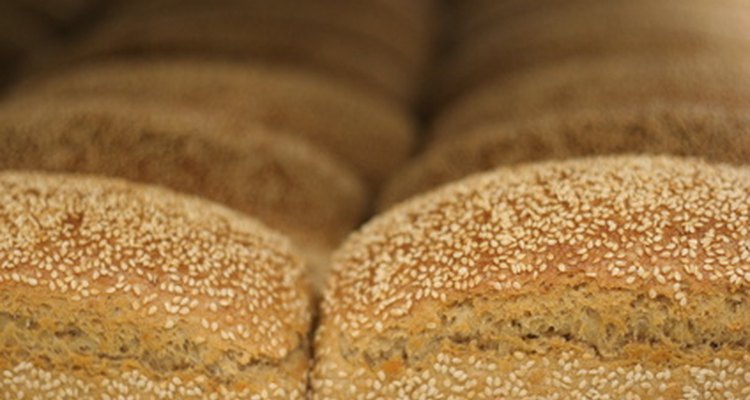
Dating back to 1600 B.C., sesame seeds are thought to have originated in India, according to The World's Healthiest Foods organization. They inspired the catch phrase "open sesame" from "Arabian Nights" for the mature pod's tendency to burst open. Sesame seeds come hulled or unhulled in a variety of colors. They contain many nutrients and minerals including copper, manganese, calcium and iron and are used as a topping for breads, pastas, vegetables, desserts, and are ground into oils and pastes.
Hulled Vs. Unhulled

Products made from unhulled seeds, such as butter and tahini paste, tend to be darker and more bitter than those made from the kernel alone. The hull has 51 milligrams more calcium than the seed, yet the type of calcium in the hull, oxalate, is not as easily absorbed by the body, according to The World's Healthiest Foods. Unhulled seeds should be preserved in an airtight, cool and dry environment. Hulled seeds tend to turn rancid and should be kept frozen or refrigerated.
Black Sesame Seeds
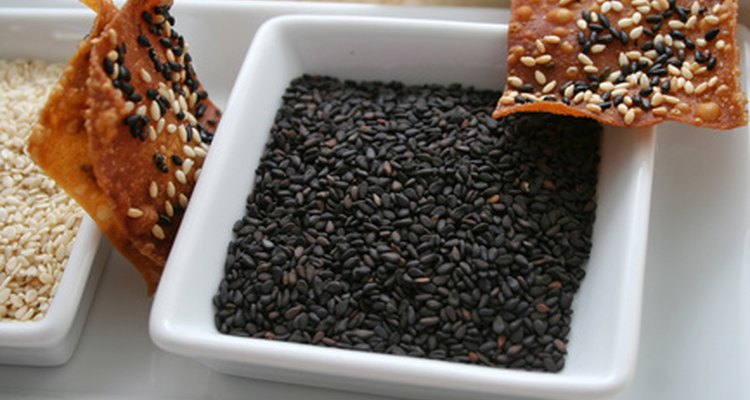
Black sesame seeds are believed to have medicinal properties and contain high levels of antioxidants. They are used to flavor baked goods and they also produce a powder that is very fragrant and has a bold flavor when the seeds are roasted and ground. The powder is often used on rice dishes, according to food site Tarladalal. The highest-quality oil is made from this type of sesame seed. Black sesame seeds sometimes are used as a substitute for nuts.
White Sesame Seeds
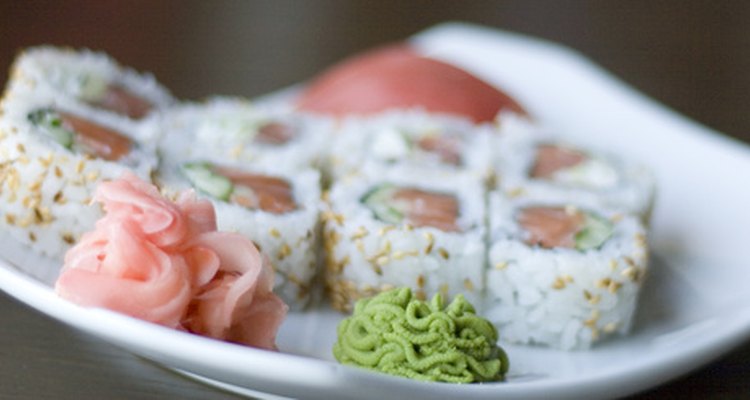
White sesame seeds often are added to buns and breads and other baked goods, adding a crispy texture. In their powdered form, white sesame seeds are used in curry sauces, chutneys and rice, producing a milder flavor than the black variety. Toasted white sesame seeds are commonly added to sushi rolls. They are about 50 percent oil by weight. In China white sesame is called chi mah, and in Japan it is referred to as muki-goma, according to food site Chow.
Related Articles

Vegan Alternatives to Lanolin in ...

How to Extract Oil From Rapeseed

How to Eat Fenugreek
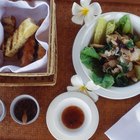
What Is Chili Paste?

What Kind of Oil Do You Use in Brownie ...

Substitutes for Groundnut Oil in Cooking

Difference Between Red Rice & Brown Rice

What Is Indian Flatbread Called?

Nutrition Facts for Tootsie Rolls

How to Cook With Raw Organic Chia Seeds

Can Borage Oil Help Acne?
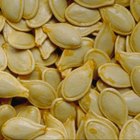
Alkaline & Acidic Foods & Drinks

How to Make a Thermoherb Mask at Home

Is Whole or Powdered Psyllium Better?
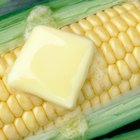
Common Food Emulsifiers

How to Make Homemade Creamy Hummus Dip ...

Jojoba Oil Benefits

Purpose of Perfume

What Are Yellow Grits?

What Is Glycerine Used For?
References
Writer Bio
Heather Scroope is a freelance editor near Rochester, N.Y., with 10 years of experience. She has held positions at various media outlets including Newsday and FOXNews.com after graduating from Stony Brook University with a Bachelor of Arts in English and a minor in journalism.
Photo Credits
Fresh Sesame Loaves - 4 image by velvetjam from Fotolia.com